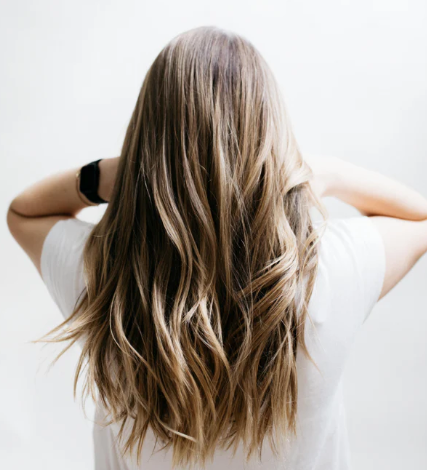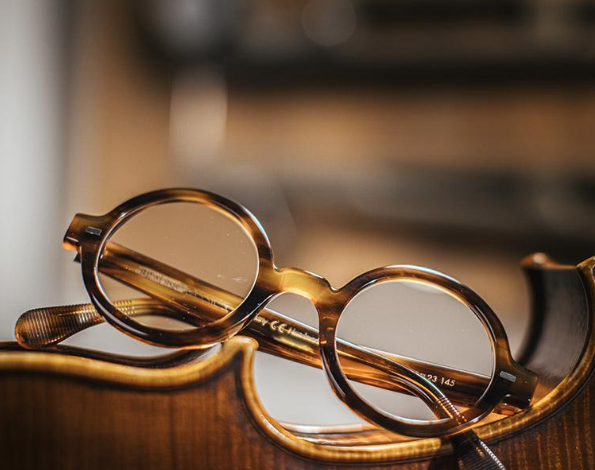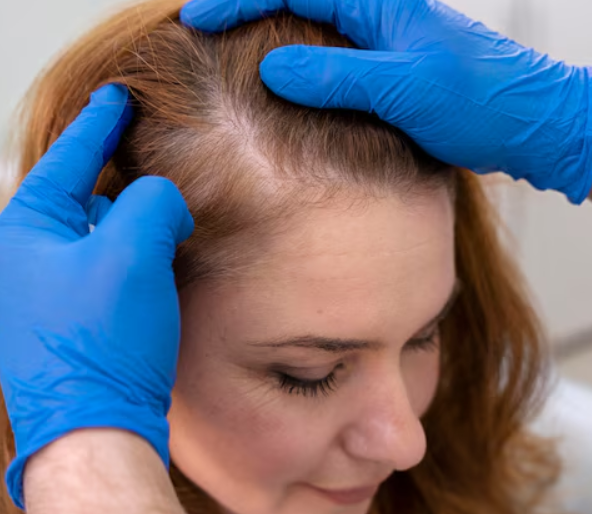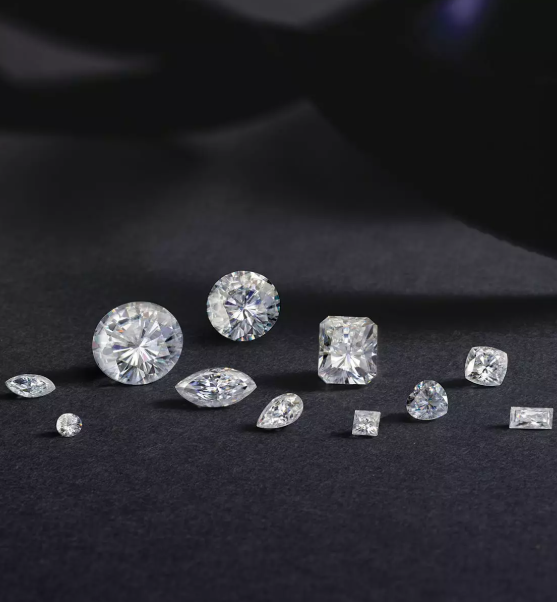How to Train Your Hair to Be Less Greasy

If you struggle with greasy hair, you’re not alone. The good news is, you don’t have to be stuck with it forever! With a little patience, you can train your hair to reduce excess oil and achieve a glossy, healthy shine that doesn’t require constant washing. Here’s how to tackle greasy hair and make it more manageable.
Understanding Greasy Hair
Greasy hair is caused by an overproduction of sebum, the natural oil produced by your scalp. This oil is essential for maintaining healthy hair, but when produced in excess, it can leave your hair looking oily and weighed down. If you have fine hair, you may be more prone to greasy hair since smaller hair follicles provide more space for oil to accumulate. Hormonal changes, medications, poor hair care habits, and even your diet can contribute to excess oil production.
How to Train Your Hair to Be Less Greasy
While it might take some time, there are simple strategies you can use to reduce oiliness and get your hair looking its best.
1. Choose the Right Hair Products
Shampooing every day can strip your hair of its natural oils, which ironically causes your scalp to overproduce oil to compensate. Instead of daily washing, aim to shampoo your hair 2-3 times a week. Opt for a natural shampoo that helps retain moisture without over-drying your scalp. The Olaplex range, for example, is designed to nourish your hair while helping it maintain its natural oils. Be mindful not to use too much shampoo or conditioner—just a small amount will suffice.
2. Manage Water Temperature
The temperature of the water you use when washing your hair plays a role in oil production. Start by rinsing your hair with warm water to open the pores, making it easier to cleanse your scalp. After applying shampoo and conditioner, switch to cool water for the final rinse. Cool water will close the pores, helping to reduce oil production. Avoid using hot water, as it can dry out your scalp and cause it to produce more oil.
3. Eat a Healthy Diet
Your diet has a direct impact on your hair health. If you consume a lot of greasy or processed foods, it can make your hair look oilier. To help balance oil production, switch to a diet rich in whole foods, particularly leafy greens like kale. These are packed with vitamin B2 and B6, which have been shown to help reduce sebum production and promote healthier hair.
4. Use the Right Brush
Using the right brush can also help manage greasy hair. A boar bristle brush is a great choice because it evenly distributes oil from your scalp to the ends of your hair. This may sound counterintuitive, but spreading the oil helps nourish your hair, sealing in moisture and reducing excess sebum production. Just make sure your brush is clean and in good condition to avoid transferring dirt back to your hair.
5. Be Mindful of Blow Drying
Excessive heat can dry out your hair and scalp, leading to increased oil production. Instead of using hot settings, try blow-drying your hair on a cool setting. This will help dry up some of the sebum without damaging your hair. Also, consider your hairstyle—flat, straightened hair tends to come into contact with oil more, so try switching up your look to minimize oil buildup.
Conclusion
Reducing the greasiness of your hair doesn’t require drastic changes. By implementing a few simple habits, you can achieve healthier, shinier hair without constantly battling oil. Start making small changes today and watch your hair transform over time.





